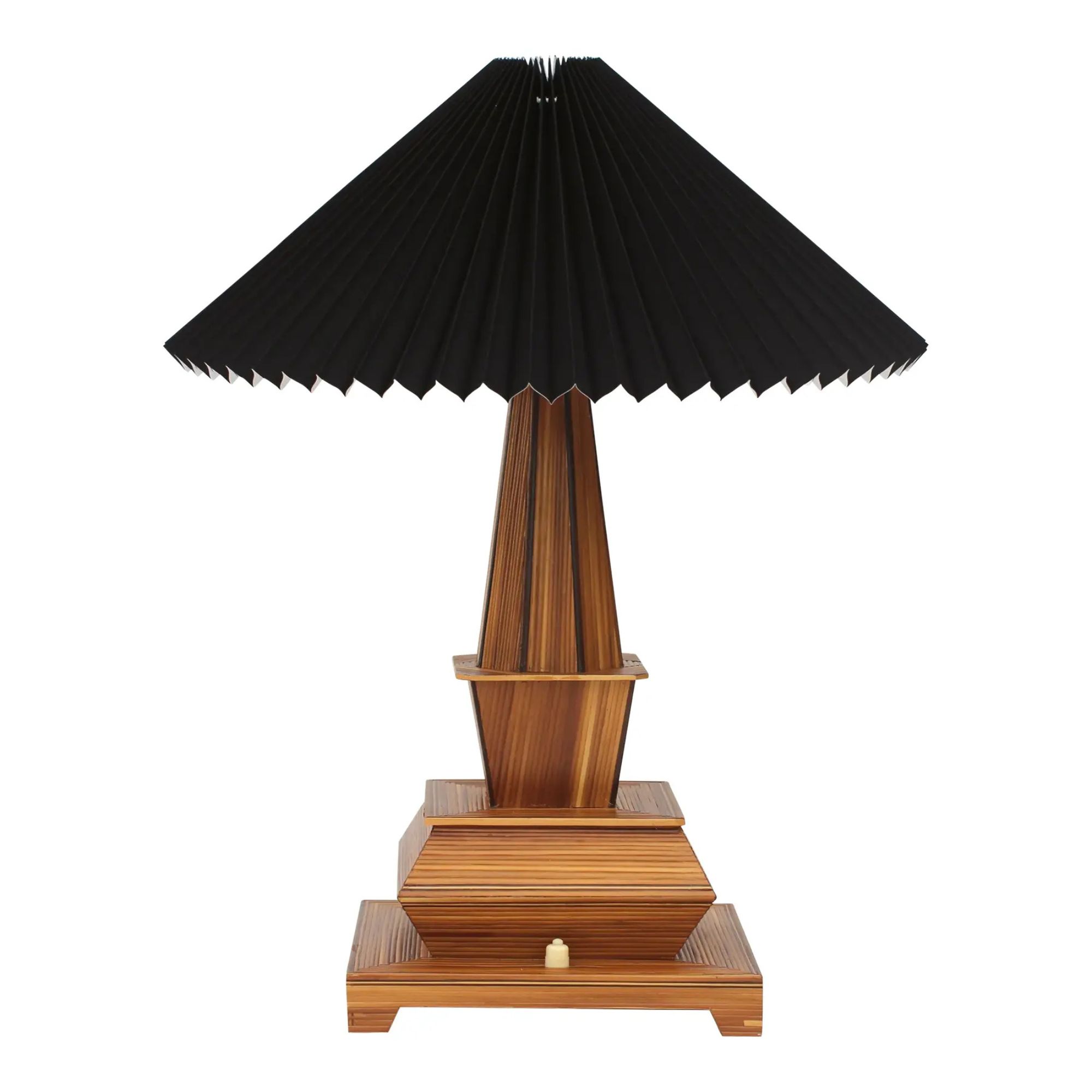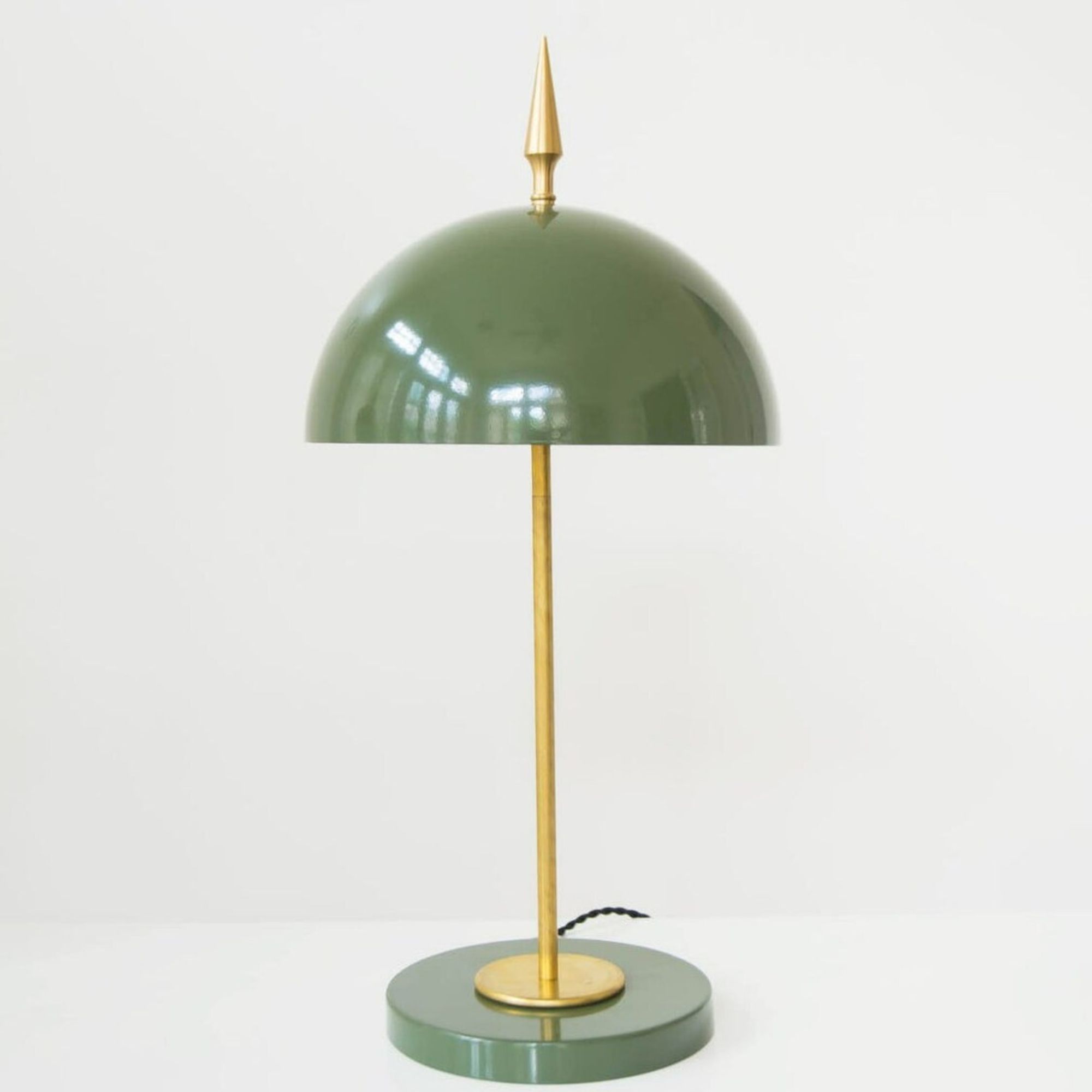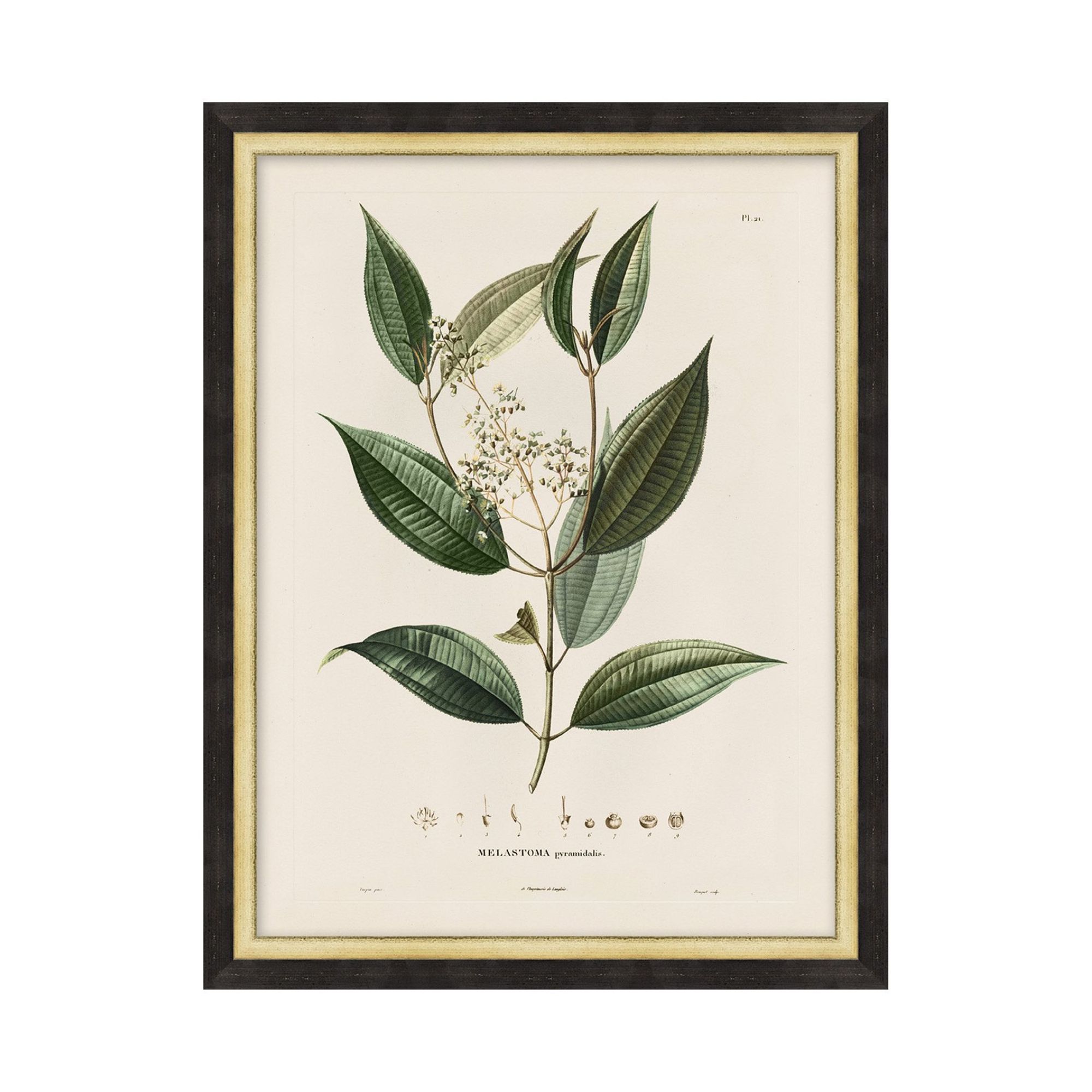Decorating with antiques – 8 designer tips to channel the past in the chicest way
These 8 ways to decorate with antiques will bring character and charm to any home

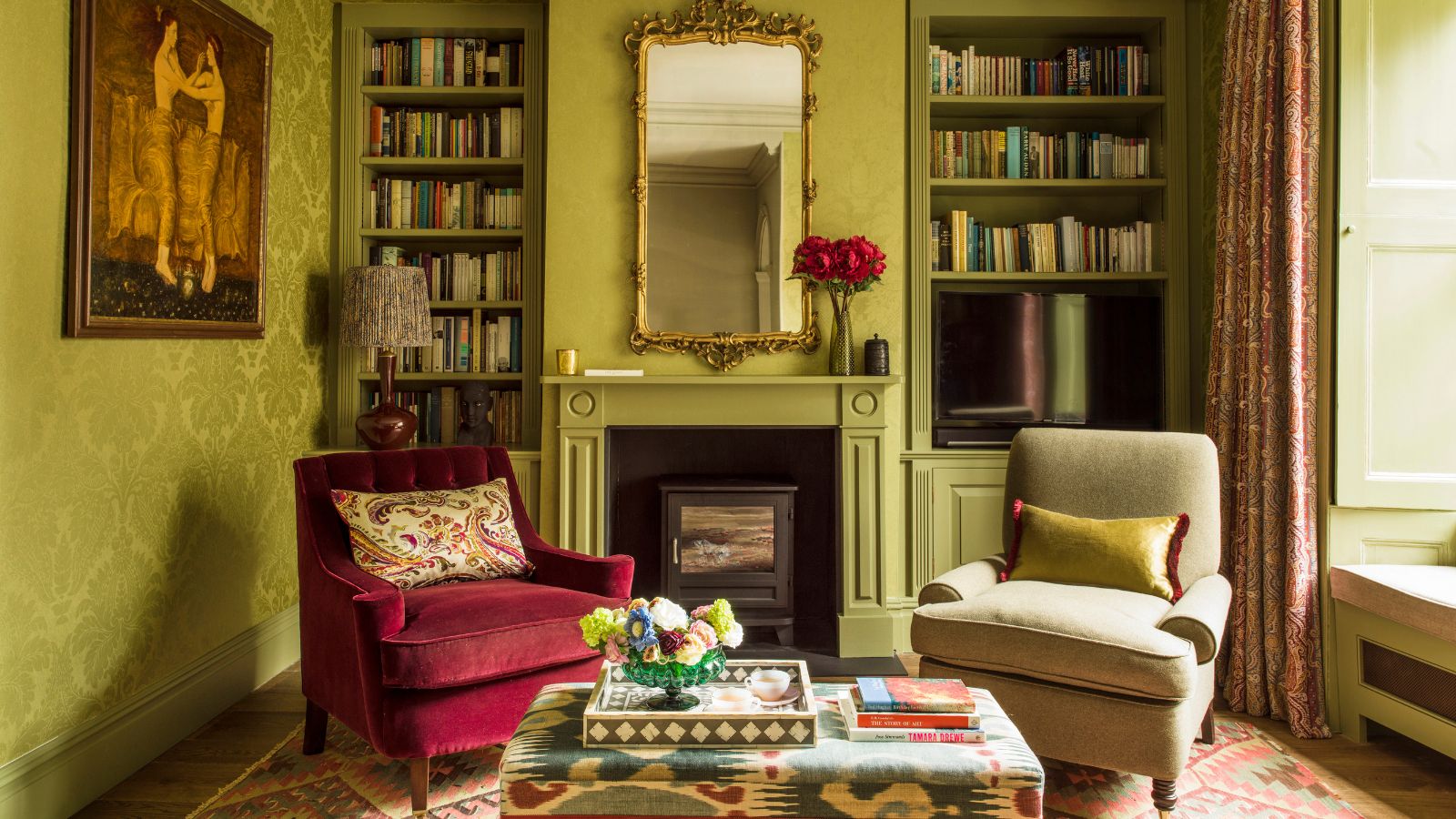
We have long looked to the past for inspiration and this year more than ever, designers are embracing character by decorating with antiques.
Antiques have been a popular decorating idea for decades, with designers and homeowners alike looking to bring one off pieces into their spaces to add instant character and depth. Often handcrafted and of the highest quality, historic treasures have a sense of individuality and charm that newer pieces tend to lack. Decorating the home with antiques is a carefully curated process that showcases an owner's tastes and identity, proving it to be one of the best ways to make a home look and feel unique.
You'll be pleased to know that the love for antiques will continue to be popular into 2025. We asked interior designers and second-hand experts their favorite ways to decorate with antiques right now and how to bring the past into the homes of today.
1. Swap modern lighting for antique

If you're new to the (rather large) realm of antiques, it's always best to start with smaller touches. You want to avoid overwhelming your space (particularly if you're working with a newer home or a more contemporary interior design style) as this will cause friction and a lack of cohesion.
Vintage lighting is an easy, yet effective solution to this. It's one of the easiest ways of decorating with antiques as even a small table lamp makes a big difference to a scheme. 'You need an antique in every room in order to give it gravitas', says designer Cathy Kincaid. 'Antique light fixtures always make a room feel more grounded', she adds.
Clara Ewart, head of design at Kitesgrove answers the 'should you buy vintage lighting' question. She says, ‘Antique lighting is a wonderful way to incorporate vintage pieces into a room, not only adding to the aesthetic but providing a key functional element as well,’ she says. ‘Most vintage lamps can be easily re-wired, so if you find something to suit your style, don’t be put off buying it if a little work is needed to make it as good as new again.’
2. Don't be afraid to mix the old and new
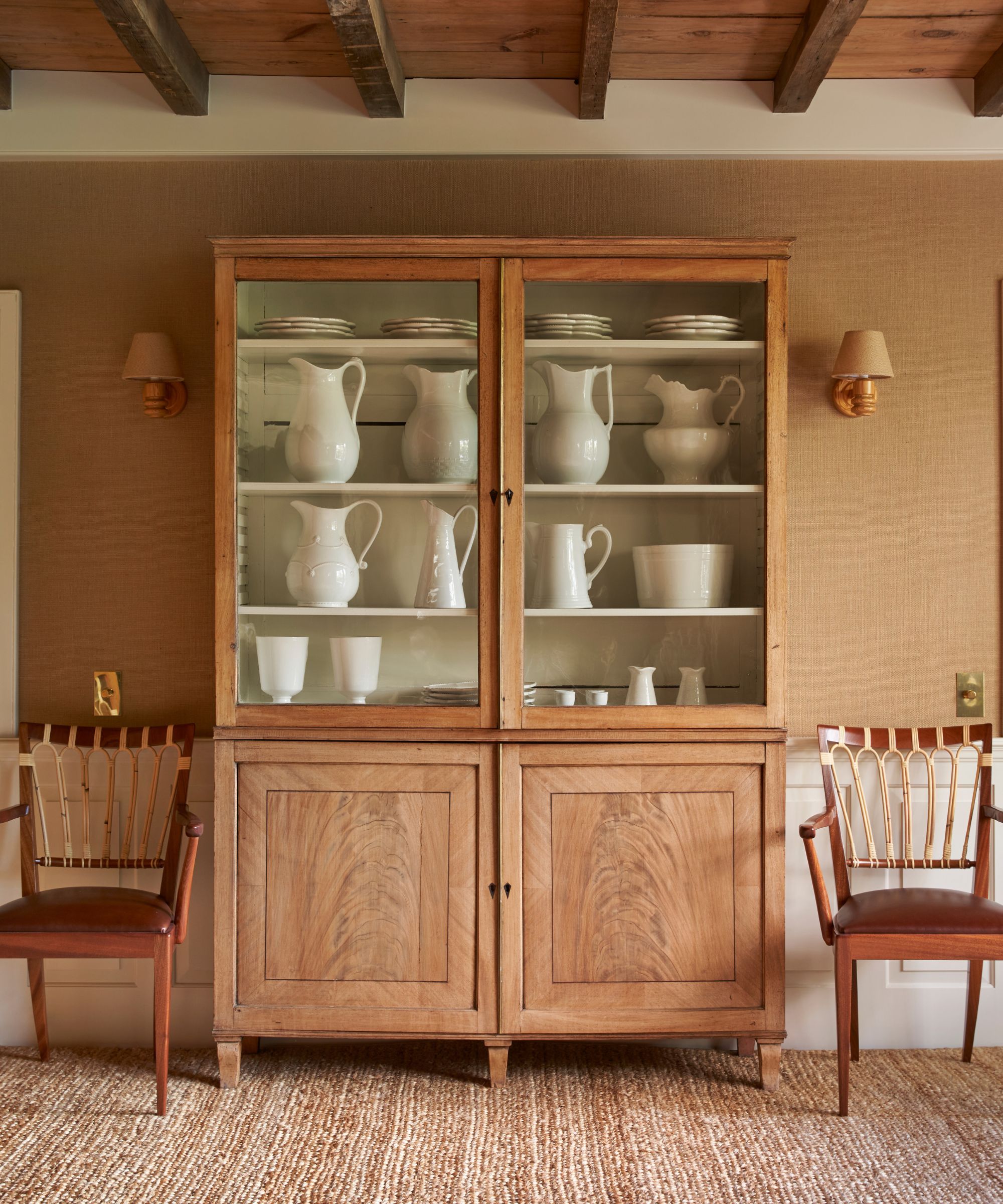
Antiques are a surprisingly easy way to decorate as they make a space feel lived-in and warm. Transitional decor ideas are all the rage, so don't be daunted by mixing the old with the new. Even if your home is newly built, vintage pieces bring a much-needed and thoughtful contrast.
Design expertise in your inbox – from inspiring decorating ideas and beautiful celebrity homes to practical gardening advice and shopping round-ups.
Teaching us how to mix traditional and modern design, Ali Childs, founder of Studio Alexandra says, 'Buy what you love and don’t be too particular about sourcing from the same era, a mix of styles and inspirations adds interest and creates an eclectic and homely feel.'
'Almost everything in our house could be considered antique or vintage, so clearly, I’m a fan of the look!', says designer Schuyler Samperton. 'I think the most important thing to consider when involving antiques, is not to create a feel that’s too “one note.” Mixing eras, updating old pieces with fresh fabrics, and juxtaposing old with new is what keeps a space current and interesting.'
'Mixing old and new is key – layering vintage finds with modern elements keeps things feeling fresh and approachable', says The Gratz Life founder Vanessa Chaverri-Gratz. 'Incorporating antiques this way – by pairing them with newer elements – makes them feel approachable and ensures they blend seamlessly into any home, no matter the style.'
3. Incorporate antique textiles
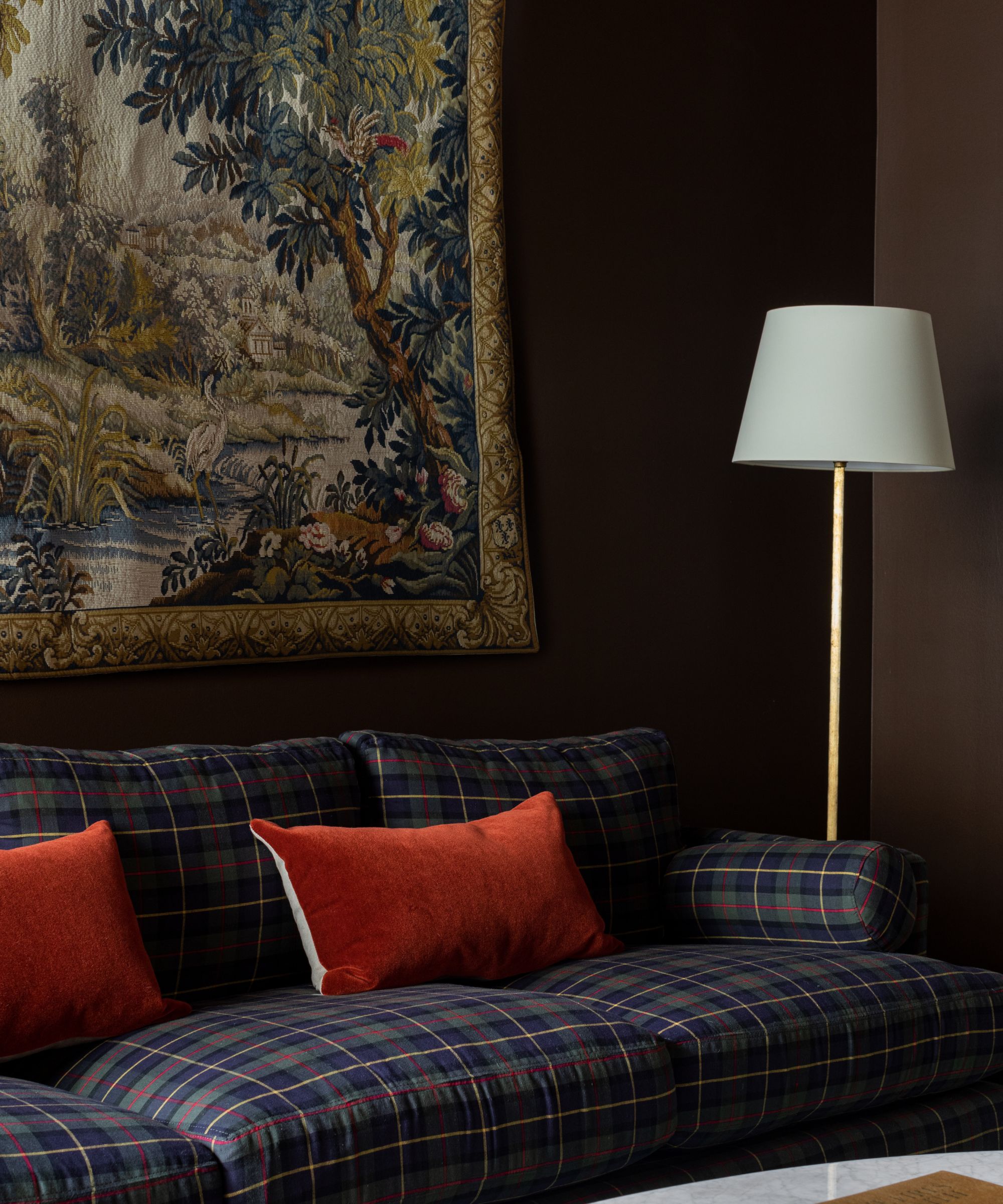
There are plenty of ways to decorate with antique textiles. Whether starting small with an embroidered cushion or going big with a tapestry wall hanging, old fabrics bring charm and coziness to homes of all styles.
'Antique textiles have always been my first love', says Schuyler. 'So I use them wherever and whenever I can. Layering is the essential icing on the cake, and gorgeous fabrics can be used in so many ways to take a room to the next level. In our design projects, we’ve used antique suzanis and tapestries as wall hangings, curtain panels, and headboards – they’re an easy way to add a huge dose of impact. Old woven fragments make charming ottomans and pillows, and add a bit of gravitas to a room.'
If shopping for antique textiles is proving tricky, decorating with vintage fabrics is equally effective as they bring a sense of heritage and country-style charm.
4. Source lasting, quality furniture
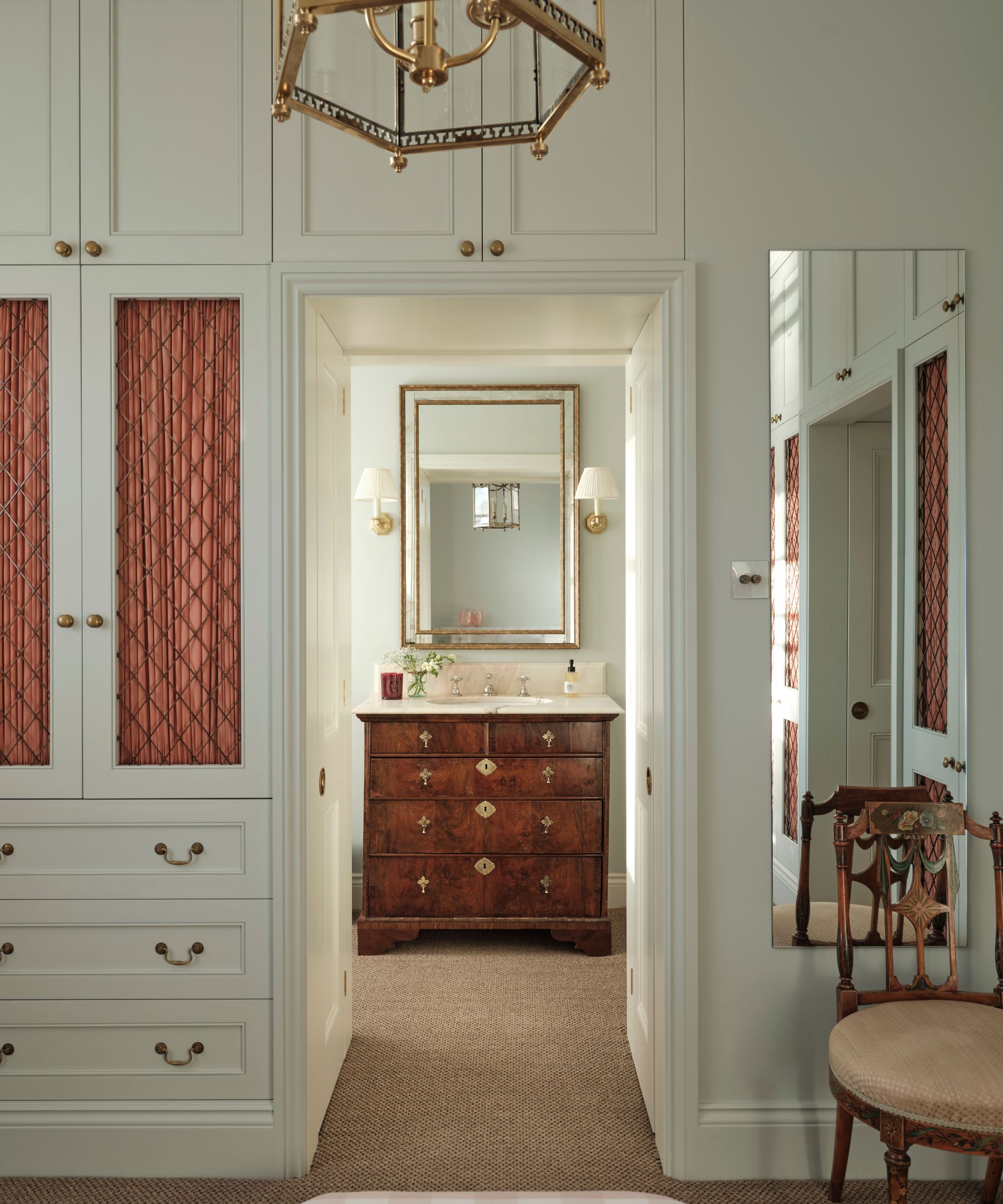
Furniture is the 'bones' of a room and as antique furniture is made to last, it's undoubtedly an antique you should be collecting. It's long been praised for its durability (and beauty), making it an ideal choice when designing a forever home.
Cal Stemp from Studio Sascal knows exactly how to style antique furniture. 'We often incorporate vintage side tables into our schemes – whether it be a vintage nightstand or an antique martini table, we find a vintage table adds a lovely patina and texture to a space. Vintage tables often display a high level of craftsmanship and have stood the test of time so we incorporate these as much as possible.'
You can buy vintage furniture online, but Polly Ashman says the best pieces can be found at flea markets or antique emporiums. 'Using antiques in interior design can add depth, character, a sense of history, and a timeless appeal to a space. With so many mass-produced pieces of furniture on the market these days, I always encourage my clients to get off Google and start antiques hunting on the ground.'
'Unique side tables, wardrobes, and bed sides can be picked up at markets relatively inexpensively', says Ali. 'We are always careful which woods we choose and tend to lean towards oak and walnut over mahogany and pine to avoid the orange/yellow tones. As a general rule, I don’t like to paint over good wood but should we find something with a great shape we loved in an uglier wood (sorry pine!) then we would opt to sand and paint it, rather than opting for a new piece.'
5. Reimagine old pieces
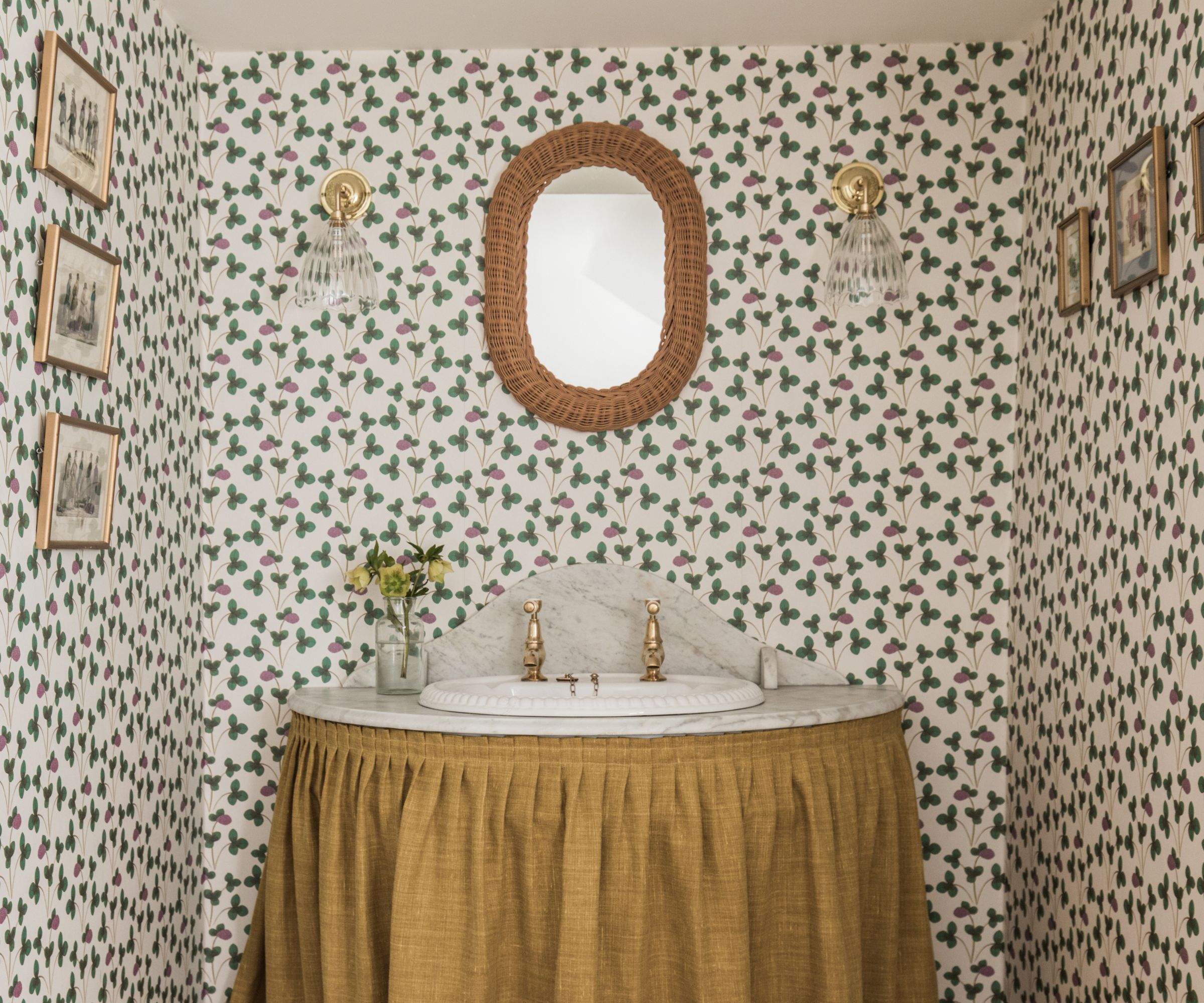
Due to the age of antiques, it's sometimes necessary to upcycle and reimagine pre-loved pieces. There's often nothing that a fresh lick of paint, a meter of fabric, or some new hardware can't fix.
Referring to an upcycled basin, Kitty Watson from design firm Rosanna Bossom says, 'There are so many different and unique styles available, and they were all built to last. You can spend a lot of time scouring countless websites, I often get lost for hours searching for the perfect fit. Chests of drawers are a great find – you can either keep them as they are or add a marble top and basin to create a one-of-a-kind bathroom unit.'
Ali says we should upcycle thrift shop finds. 'We have reupholstered vintage pieces in many of our projects, it’s a great way to breathe new life into furniture. We love to source fabrics from the likes of Colours of Arley to add a contemporary twist to designs.' But remember to choose your upholstery fabric wisely before committing to a total overhaul of a piece!
6. Cover walls with antique paintings
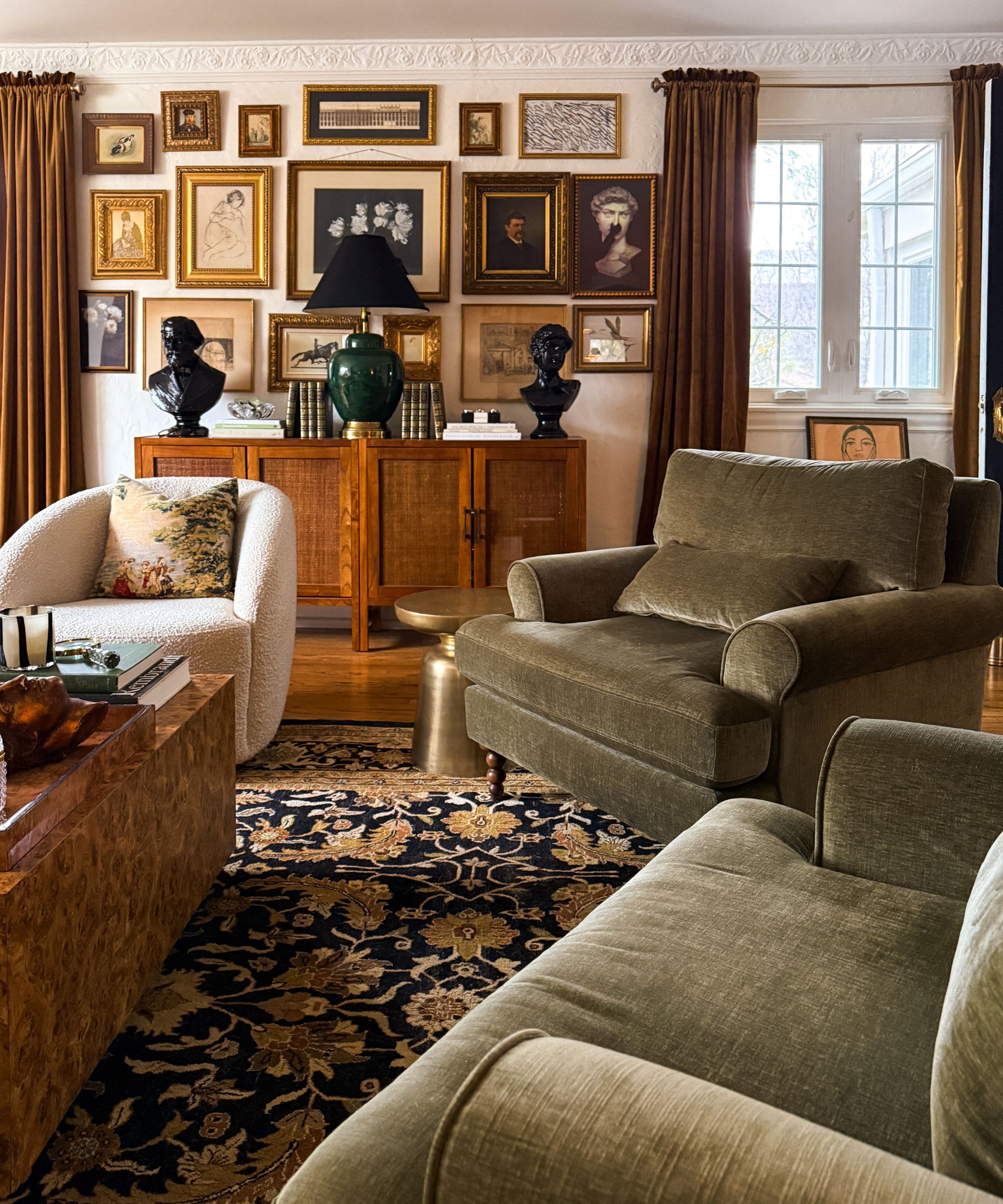
'Antique art has a timeless charm that complements modern homes beautifully', says Sara Hill, Chief Creative Officer at Clarendon Fine Art. Decorating with vintage art is endless and full of opportunities, making it the perfect choice for all styles.
Styling is just as important as choosing art for your home. 'When creating displays, consider the power of eclectic groupings. Mix different sizes and frame styles to create dynamic gallery walls that tell a unique story. This approach allows you to blend various periods and styles effortlessly, adding depth and character to your home,' Sara says.
'Art is always at the top of my list. Whether framed or unframed, a detailed oil painting or a simple sketch, antique art brings depth and soul to a space', says Vanessa. 'One of the best things about sourcing antique art is that it’s often more affordable than buying new, yet it carries a story and a history that makes it even more special.'
'I also love that art isn’t limited to just paintings – tapestries, sculptures, and even architectural fragments can serve as unique and meaningful statement pieces. Layering different eras and mediums together creates a home that feels truly collected over time.'
7. Opt for meaningful, sentimental pieces
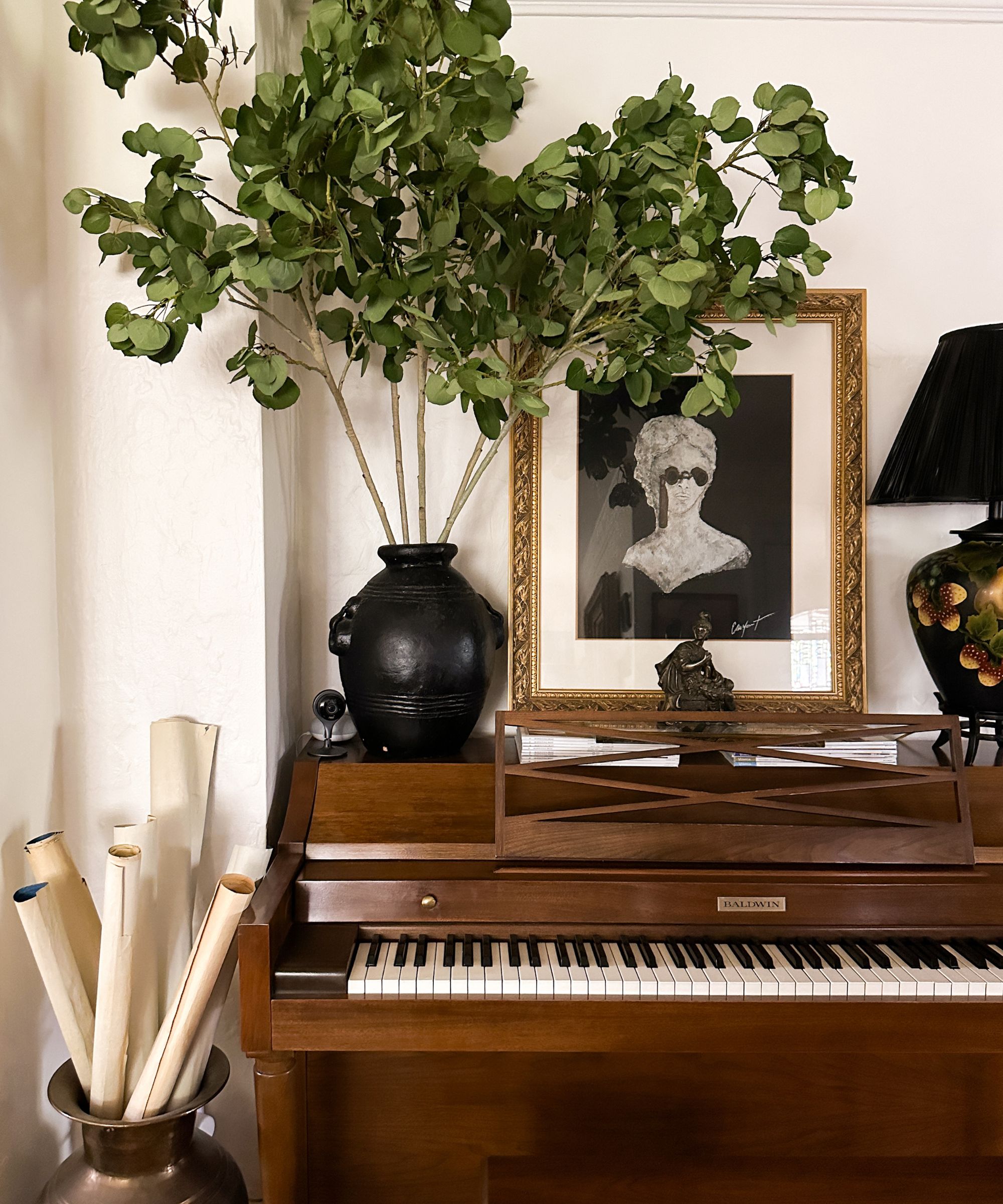
There are many collectibles interior designers look for when antique shopping, but Vanessa always searches for meaningful pieces that evoke a deeper, positive feeling.
'I love finding antiques that have a personal connection to my history or my family’s story. Whether it’s something that reminds me of my childhood or reflects how my parents grew up, incorporating meaningful pieces makes a home feel layered and personal.'
You would've seen the nostalgia core trend all over the internet. Inspired by the past, nostalgic interiors always incorporate antiques due to their sentimentality and charm. Vanessa says she opts for pieces that tie back to her own experience.
'For me, I had a horse growing up, so I naturally gravitate toward equestrian-style antiques, whether it’s vintage horse paintings, old riding trophies, or well-worn leather pieces. These kinds of personal touches make antique collecting even more special and help create a home filled with stories.'
8. Start small and be intentional
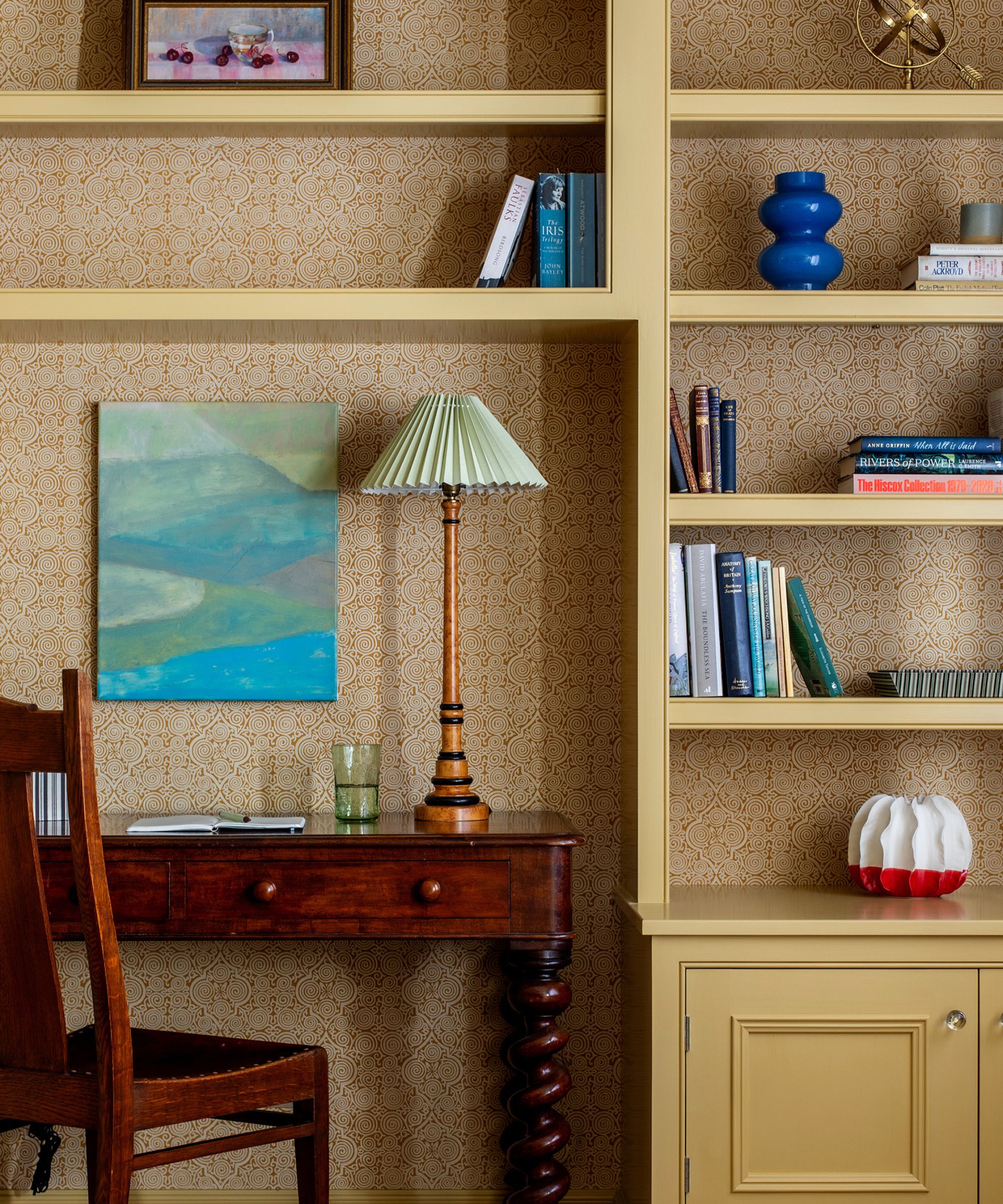
The key to decorating with antiques is starting small. It's all about choosing pieces filled with meaning and layering them together. If large pieces seem daunting, start by filling a bookshelf with trinkets, such as a jewelry box, rustic vase or collection of antique books.
'Start small and be intentional', says Vanessa. 'Coffee tables and shelves are the perfect places to experiment with antiques without committing to a major change. Try incorporating a stack of antique books, a small framed painting, or an aged brass object to add charm without overwhelming the space.' Vanessa
Ali says 'It’s definitely worth taking your time, there are so many great resources now to find preloved pieces, whether it’s physically getting out to markets and auctions or browsing Instagram sellers, Facebook marketplace, Vinterior, or eBay – don’t rush to buy something that may not be quite right as fresh items are added all the time.'
Although antiques are often found in period properties, interior designers have proven that old pieces look great in homes of all styles and ages. Antique decor provides a beautiful aged contrast and gives a space a good old dose of eclectic, vintage charm.

I am the Interior Design News Editor at Homes and Gardens, covering mainly US-based designers and trending news stories. My love for interiors began when I interned in an interior design studio, working on commercial and private spaces. My passion grew while working in production, where I sourced beautiful locations for photoshoots and campaigns. Outside of work, I enjoy collecting antique decor and mid-century furniture for my home.
- Lucy SearleGlobal Editor in Chief
- Sarah WarwickContributing Editor
